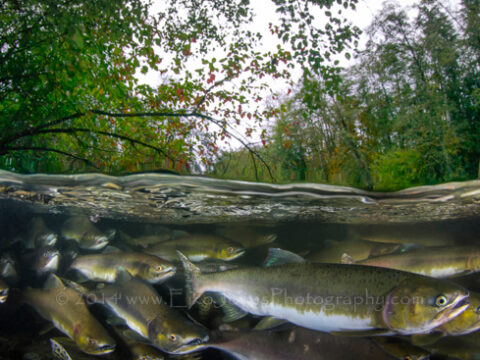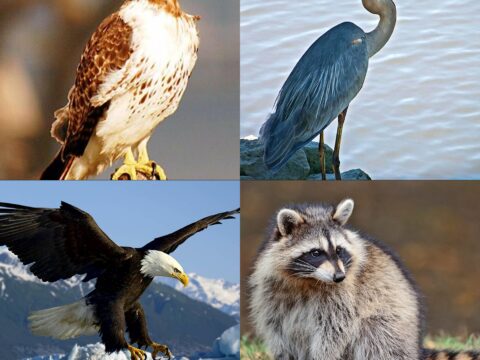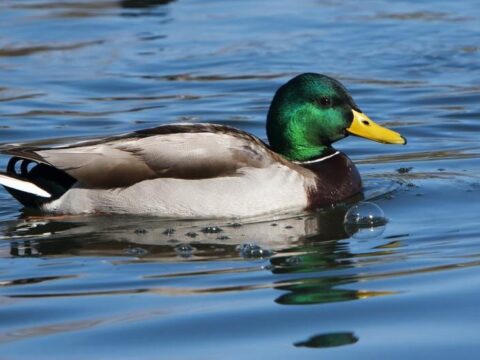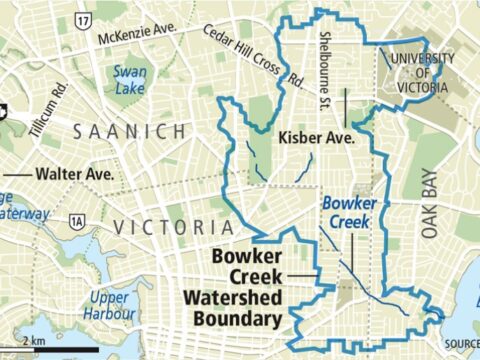
By OB24
There is too much nitrate and not enough dissolved oxygen for salmon. The abundance of nitrate contributes to the lack of D.O. One of the reasons for all the nitrate is probably fertilizers from road runoff and gardens, which is full of nitrate. If the nitrate levels could be decreased, the D.O. would increase, and maybe be able to support salmon.

By OB21
Birds play a huge role in the Bowker Creek ecosystem. From ducks and crows to hawks and owls, birds are prey, predators, and scavengers. But there's one thing all birds have in common - their wings. So what are some of the adaptations found in bird wings?

By OB24
The addition of salmon would have a large impact on the ecosystem. Although adult salmon don't eat while breeding, the babies would eat insects, plankton, and invertebrates. Animals like raccoons, herons, hawks, and eagles would eat the dead adult salmon. The salmon would create a more stable and diverse community in the creek.

By OB21
Barred Owls are malevolent predators and majestic fliers, thriving in many different environments. Bowker Creek hosts a family of three Barred Owls; a mated pair their offspring. These birds of prey flourish in the Bowker Creek ecosystem, providing enough food for themselves and their family. So what allows them to prosper?

By OB21
Mallard Ducks are very abundant in Bowker Creek. They are well adapted to life there, using their webbed feet to swim through (and sometimes under) the water. Females and chicks have brown-black camouflage in order to blend in with their surroundings. The mallard's bill is flattened out and well suited for filter feeding in creeks and lakes.

By OB24
For salmon to be able to swim through the tunnel under Fireman's Park, a fish ladder would have to be installed. The fish ladder that would be put in Bowker Creek would not be as complicated as the one in the video below, as this is just a short tunnel, not a dam.

By OB24
Salmon return to their birthplace to breed. The breeding pairs lay their eggs and die soon afterwards. Once the young salmon are old enough, they swim out to sea. After a few years they return to their first home and repeat the cycle. Here is a diagram of the salmon life cycle.

By OB27
Bowker creek runs from south Oak Bay, to Uptown, Saanich, and back. Bowker Creek is approximately 2500 years old and originally home to lots of Salmon, but sadly not anymore. Above you will see a map. The thinner blue line is Bowker Creek, the thick blue line is its Watershed boundaries.
